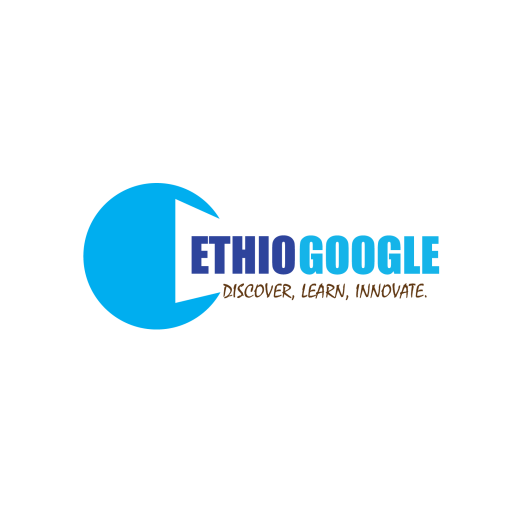Have you ever wondered what goes into creating an interactive and appealing website? Behind every stunning interface, there lies a combination of design principles, coding skills, and an understanding of user experience. Full-stack web design brings together both the front-end and back-end elements to create cohesive web applications. This article will guide you through the holistic approach of full-stack web design, addressing essential components, tools, and techniques required to succeed in this versatile field. Whether you are an aspiring designer or a seasoned developer, there’s something here for everyone.
Understanding Full Stack Web Design
Full-stack web design encompasses both the visual elements that users interact with and the underlying systems that make those interactions possible. It’s a harmonious blend of design and technology.
The Two Sides of Full Stack Development
- Front-End Development: This refers to the client side—the part of the web application that users see and interact with. It includes everything from layout and graphics to animations and fonts.
- Languages Used: Primarily HTML, CSS, and JavaScript.
- Frameworks and Libraries: React, Angular, and Vue.js are popular choices.
- Back-End Development: This is the server side, where data processing and storage occur. It ensures that the front end can function efficiently and respond to user inputs.
- Languages Used: Commonly JavaScript (Node.js), Python, Ruby, and PHP.
- Frameworks: Express for Node.js, Django for Python, and Ruby on Rails.
A well-rounded full-stack developer understands both sides and how they interact, allowing for the creation of seamless user experiences.
Key Components of Full Stack Web Design
Design Principles
Good design is more than just aesthetics; it affects functionality and user experience. Here are fundamental principles to consider:
- User-Centered Design: Always prioritize the user experience (UX). Understand the needs, motivations, and challenges of your audience.
- Visual Hierarchy: Use size, color, and layout to indicate which elements are most important. It guides visitors through your website.
- Responsive Design: Ensure your website functions effectively on all devices—desktops, tablets, and smartphones. Tools like Bootstrap or CSS Grid can help achieve this.
Technology Stack
Choosing the right technology stack is crucial in full-stack web design. Your choice impacts your project’s performance and scalability.
Popular Full Stack Options:
- MEAN Stack: MongoDB, Express.js, Angular, Node.js.
- MERN Stack: MongoDB, Express.js, React, Node.js.
- LAMP Stack: Linux, Apache, MySQL, PHP.
Each of these stacks has its strengths depending on the specific requirements of your project.
Development Tools
Streamlining your workflow and managing your project efficiently requires the right tools.
- Code Editor: Tools like Visual Studio Code or Sublime Text provide syntax highlighting and debugging features to ease coding.
- Version Control: Git allows developers to track changes and collaborate seamlessly. Platforms like GitHub provide a space to host projects and connect with other developers.
- Design Tools: Sketch, Figma, or Adobe XD can be used for creating mockups, wireframes, and UI designs before development starts.
Building a Full Stack Web Application
Step 1: Define Your Purpose
Before diving into design and coding, define what you want your web application to achieve. Consider the following questions:
- Who is your target audience?
- What problems does your application solve?
- How will you measure its success?
Step 2: Create Wireframes
Using your design principles, draft low-fidelity wireframes to outline your application’s structure. This will help visualize how the user will navigate through the app.
Step 3: Choose Your Stack
Based on the defined project requirements, select an appropriate technology stack that facilitates both front-end and back-end development.
Step 4: Develop the Front End
Begin with coding the front end. Focus on implementing the design as closely as possible while ensuring functionality.
Step 5: Build the Back End
Set up your database, server, and APIs. Ensure that your back-end logic can handle incoming requests and respond with the appropriate data.
Step 6: Testing
Conduct thorough testing. This can be manual or automated. Use tools like Selenium for end-to-end testing and Postman for API testing.
Step 7: Deployment
Once everything is tested and working smoothly, deploy your web application on a hosting platform, such as Heroku or AWS.
Conclusion
Full-stack web design is a multifaceted discipline that requires a combination of technical skills and creative thinking. Mastering both front-end and back-end development enables you to create compelling experiences on the web. Remember, by placing the user at the heart of the design process, incorporating the right technology stack, and following systematic steps, you can build websites that not only look good but function brilliantly.
Now that you’re equipped with the knowledge of full-stack web design, what project will you tackle next? Engage with us in the comments or share your experiences as you embark on your web design journey!
If you’re interested in exploring more about web design methods and technologies, check out resources on Mozilla Developer Network or the W3Schools website.




Best concept I like it!
Good job👍👍👍
Thank you
bro keep up!!!